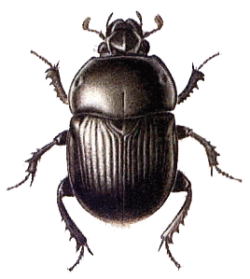
Patterns of Nature Repetitive and Predictable Occurrences.

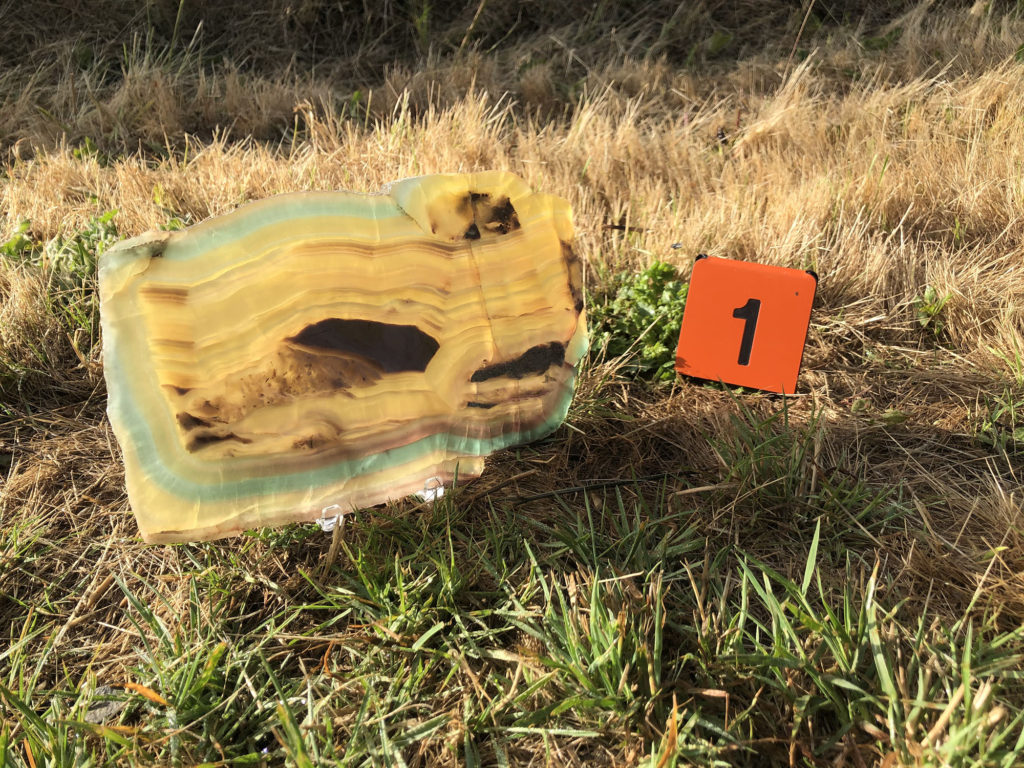
Patterns of Nature Objectives
-
Describe what a pattern is.
-
Provide examples of patterns in nature.
-
List the patterns used to determine whether something is alive.
Journal Pages
Journal pages are introduced in each guide
Assignments can be completed with commonly available items
Journal Pages are assembled into a final Biology Journal
Quizzes
Four questions on each quiz
Questions match four outcomes in each guide
Open notes and individual effort
Journaling has a long history in science.
This is a photo of notes the naturalist Charles Darwin made about barnacles, marine organisms with jointed feeding structures. There are images, text, and icons, in this case lines pointing to structures.
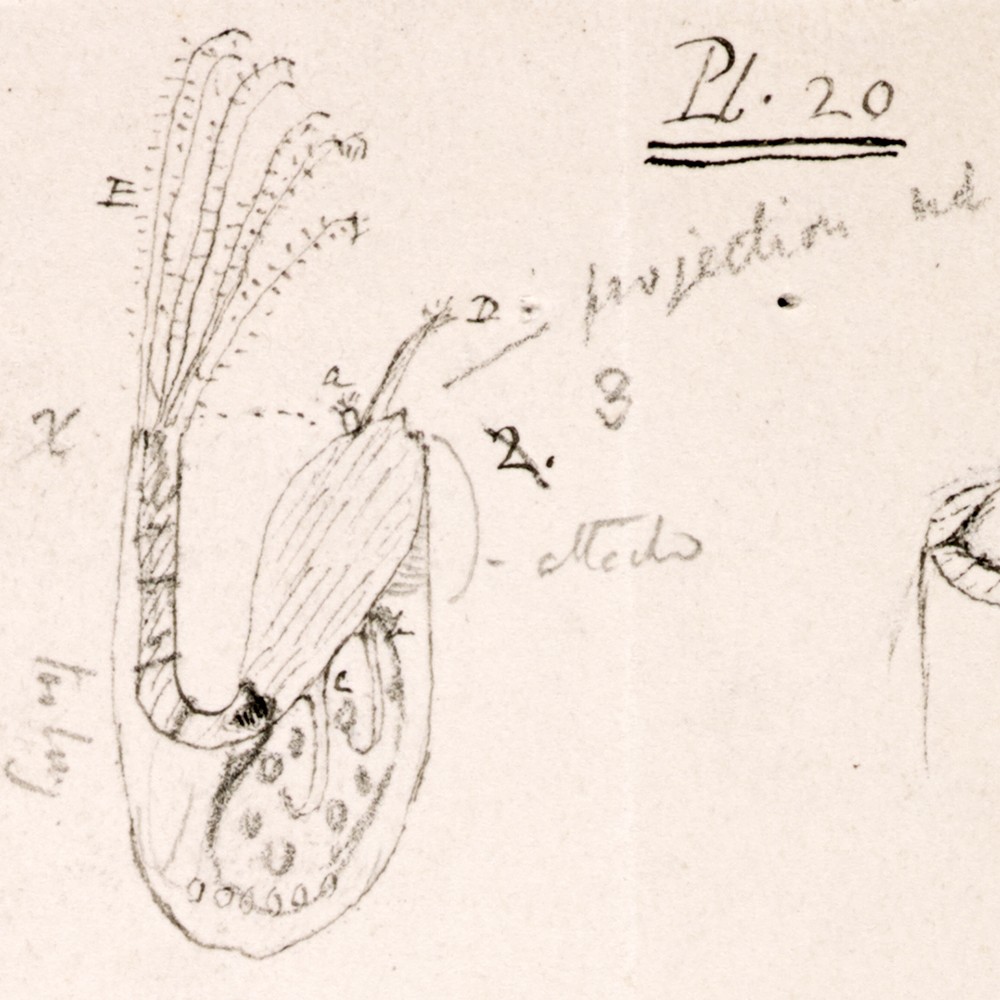
Journaling can be an alternative form of collecting that minimizes impact on organisms and environments.
Contemporary journaling about nature often incorporates found and recycled materials. Some artists produce “junk journals” from a variety of available resources.
You are welcome to use recycled materials in this course’s journal assignments.
Everyone typically develops their own style of journaling. Here are a few personal journals that show variations in journaling.
You can see a few examples of journaling you are doing in this course.
Start your first journal page here
Journal Page #1: Notes
In this section and the next three sections (webpages) of this Biodiversity Guide, you will be taking notes on the concepts that are covered. At the end of the guide, you will upload these notes to Canvas as one of this guide’s two journal assignments.
You can take notes digitally on a device or on a piece of paper that you digitally photograph and upload: your choice. You may have more than one page; take thorough notes because you can use these on the quiz.
We have provided PDF templates of the journal pages on Canvas if you have access to a printer. You do not need to use these; many people like to make their own pages, but also like to see what ours look like.

Include in your notes:
-
concepts from all four sections (web pages) in this guide.
-
a combination of text, images, and icons. Your notes may be mostly text, but some type of image and use of icons needs to be included.

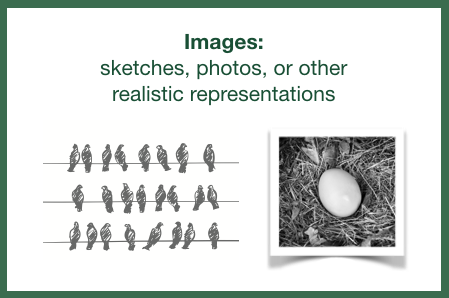

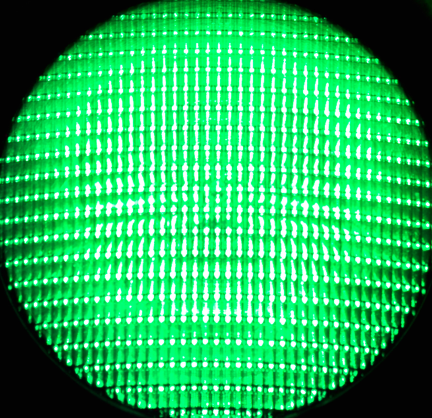
Start your notes here
Patterns of Nature
Dendritic patterns include rivers, branches, roots, blood vessels, and mineral growth.
Dendrites growing in quartz are called “garden agate” or “merlinite.”
Classification is organizing things based on pattern. Recognition of a pattern and organizing based on that can cause a release of neurotransmitters in the brain that results in a positive feeling. Watch this video to get the basic idea of classification; organizing by pattern.
Patterns are used to determine whether something is a living organism. This may sound like an easy task, but the majority of species are microscopic and it can be difficult to discern patterns.
Eight different patterns are used to determine whether something is an organism.
These are the eight “characteristics of life.”
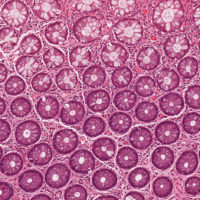
Organization
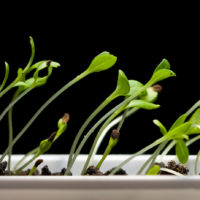
Responds to the Environment

Maintains Homeostasis

Has a Metabolism
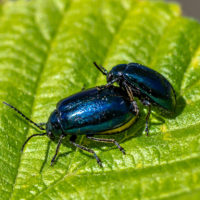
Reproduces
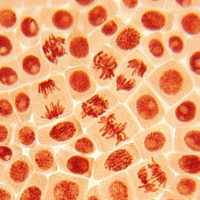
Grows and Changes
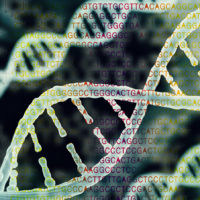
Heredity

Evolution over Generations
The next section provides an overview of how organisms are classified.
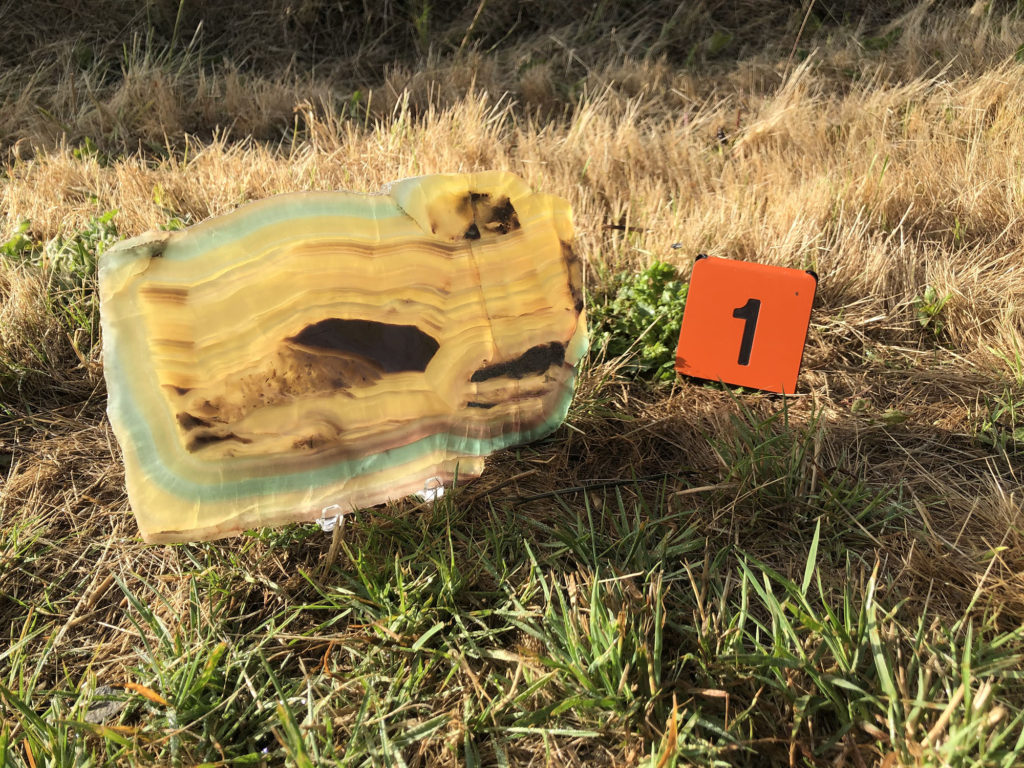
Check your knowledge. Can you:
-
describe what a pattern is?
-
provide examples of patterns in nature?
-
list the patterns used to determine whether something is alive?

